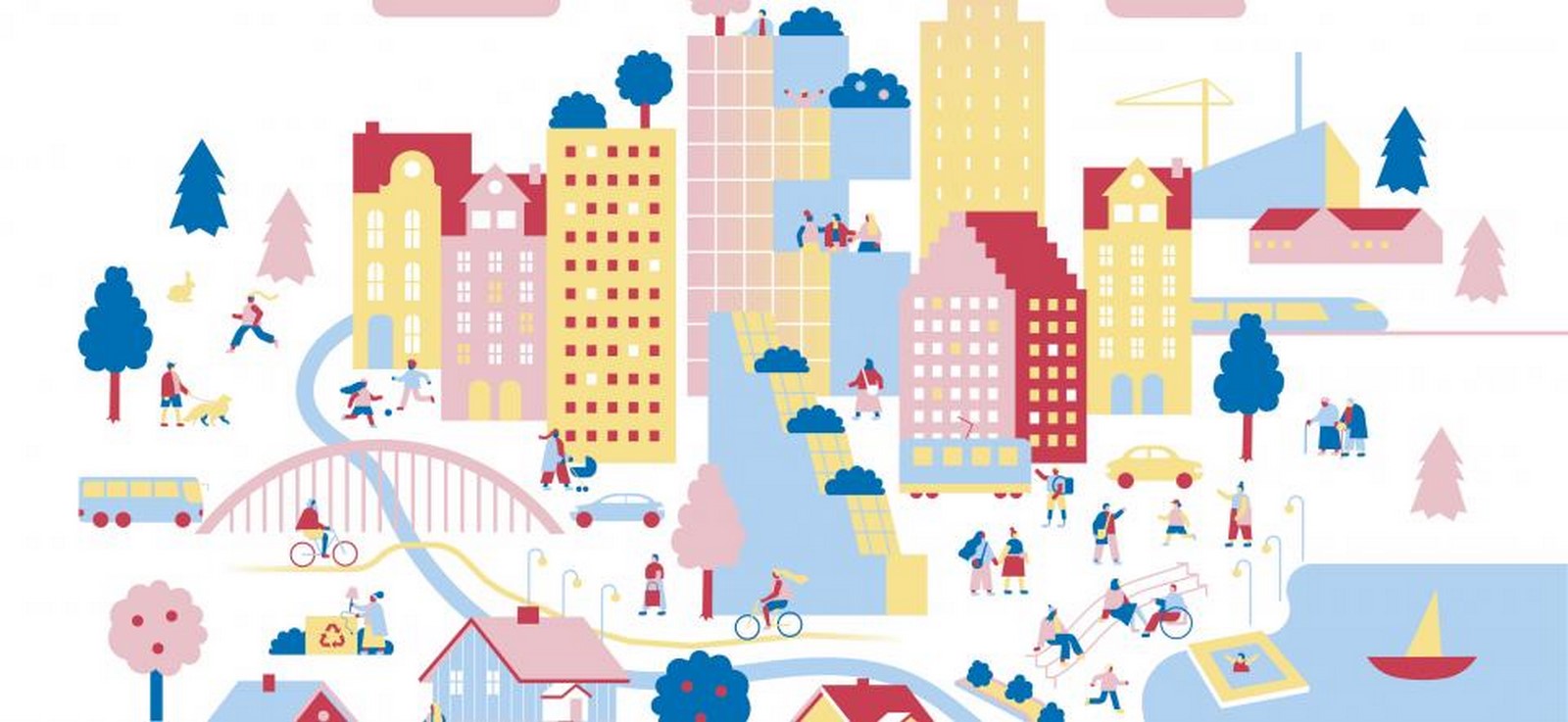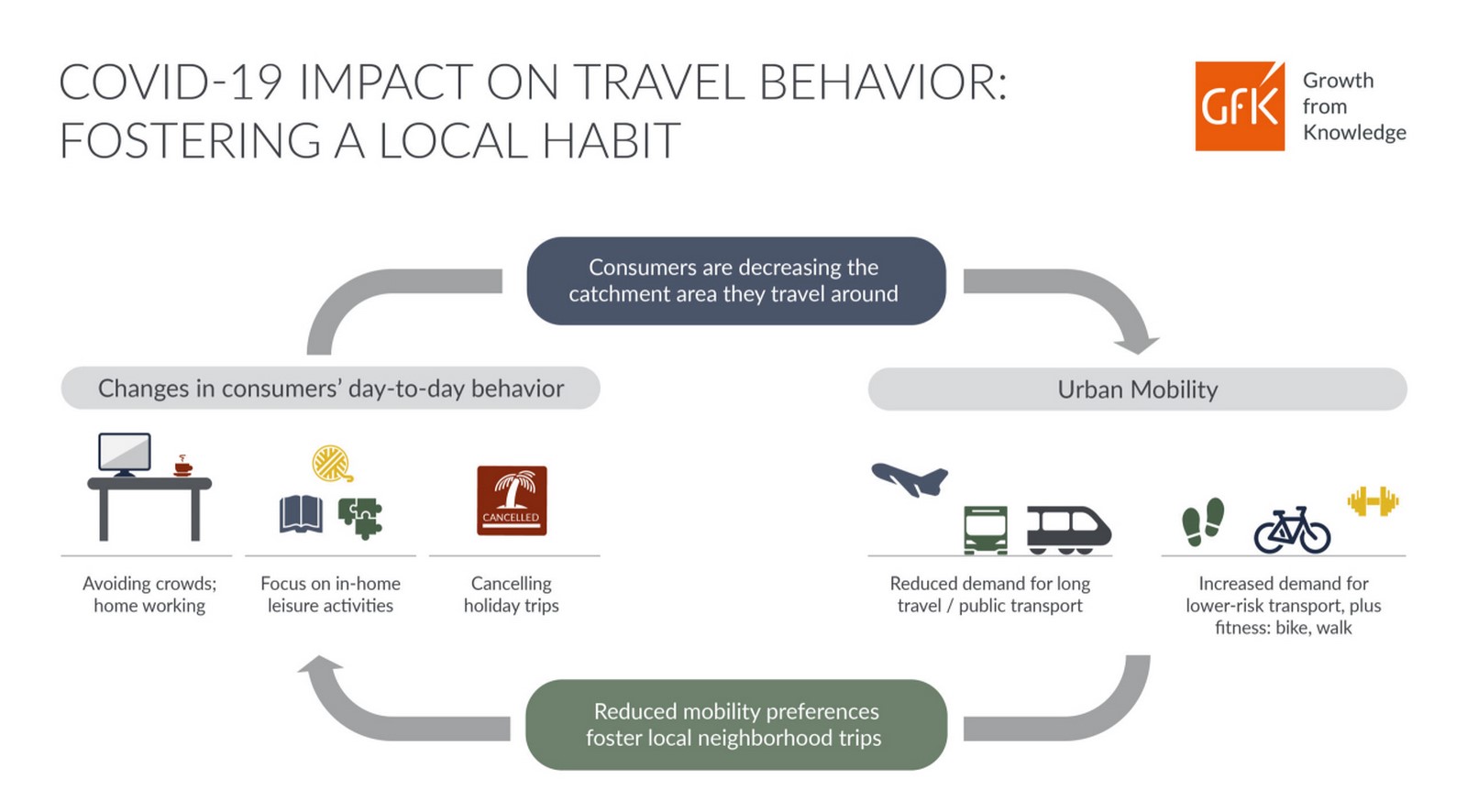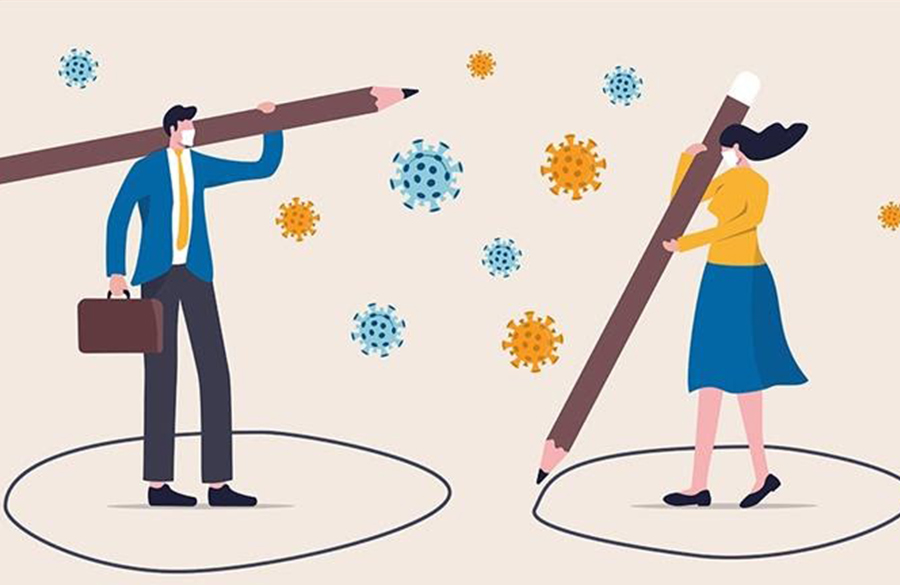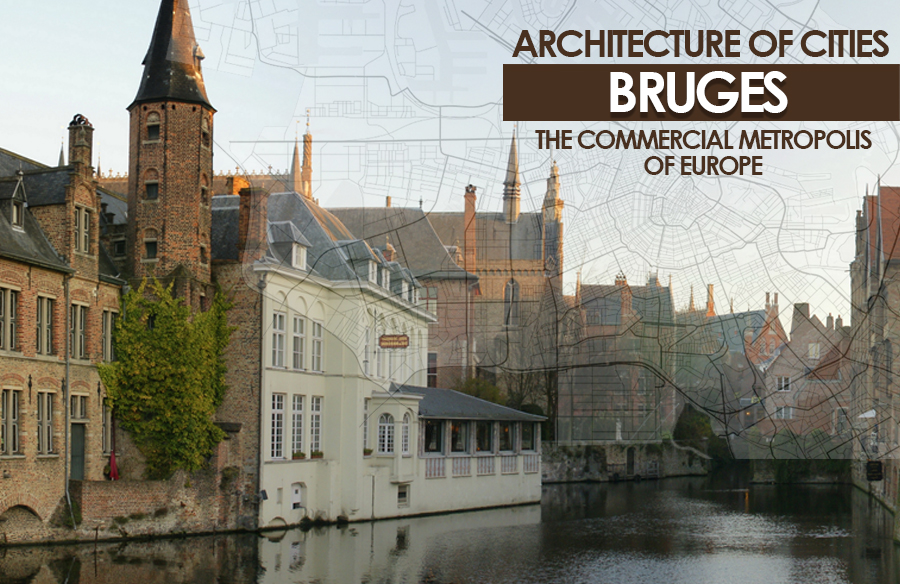Certainly the “life after COVID-19” is going to be a “life with COVID-19”. Amid the significant influence of this pandemic by threatening people’s lives, their physical and mental wellbeing, and the country’s economic futures, all the countries are going through rigorous research to restructure the urban policies at global, regional, national and sub-national levels.
As the effects of urbanization on the economic, social, and environmental situations of the countries are more relevant, with the overcrowded cities becoming the hotspot for the spread of the virus, the manifold influences are stretching over the peri-urban areas, transportation corridors at the outskirts of cities, suburban and rural areas as well.

Reforming the urban policies to create pandemic resilient cities is in priority as more than half of the global population is living in the cities, with an expected projection of 70% by 2050. Therefore, the urban professionals are reevaluating the ways the cities are built, maintained, and lived in with a collaborative approach between the government and the other stakeholders involved, as the policies need to be contextual and not only focused on the problems but the potentials as well. In two phases the policies can be implemented.
The first phase is to contain the virus, keep the people safe and the economies afloat and the second phase is to build pandemic resilient families, communities, and cities.
Phase 1 – Early policy responses to combat the crisis
People living in dense city areas, unable to socially distance themselves, and mostly having preexisting health conditions due to environmental pollution and stressed work-life balance, are more vulnerable to the rapid spread of infectious diseases. Therefore, to combat the devastating impact on city life, the national and local governments are implementing nationwide measures.
As per research by OECD (The Organisation for Economic Co-operation and Development), collecting examples from over 40 countries, there are 6 categories of policy responses depending on the levels of pandemic situations. These policies are in the following categories:

Enforcing social distancing and confinement
The measures taken to enforce social distancing at the first stage of the pandemic are, closing the educational and cultural facilities, limiting all gatherings, and postponing to canceling events. As gradually the cities update the plans to support measures by ensuring social distancing in schools, offices, and public places and distributing safety equipment, the government can ease the restrictions.

Reforming the workplace practices and commuting patterns
During the confinement at the first stage of the pandemic, the governments encourage remote working with teleworking, flexible timing, rotational shifts, and online meetings. The SMEs and local businesses are being provided with incentives for equipment and software to foster digital skills.
The lockdown time is needed to reorganize and disinfect the transportation system so that the citizens can travel safely to work in staggering shifts when the restriction is eased.

Ensuring targeted measures for vulnerable groups
The vulnerable communities that get mostly affected by pandemics are the homeless people, refugees, migrants, elderly people, poor and low wage workers, and women exposed to domestic violence.
The city organizations can imply targeted social policies, such as providing temporary alternative housing facilities, basic services, and foods to vulnerable people and frontline workers. Providing medical support to elderly people and postponing rental payments for low-income families are other policy responses to help them to sustain.
Continuity of local public services
With the increase of house wastes, improper disposal of medical and disposable masks and gloves, the abrupt supply of basic services, and an increased need for safety and sanitation due to the pandemic, a coordinated flexible approach is needed between the people and the government to combat the crisis.
Supporting the business and economic recovery
Except for the essential activities, most of the economic and commercial activities get halted to avoid the infection. Therefore, to boost the economic activity, the city administrations have a role to support the SMEs with funding, loans, consultancy services, tax subsidies, commercial rent exemptions and establishing a local distribution and supply chain by collaborating with companies, cooperatives, distributors, traders, and various commercial establishments.
Communication, awareness-raising and digital tools
To address the mental health issues and anxiety in the citizens due to confinement, the local administrations can develop innovative ways to communicate with them to provide real-time information and assurance about the situation. Therefore, smart city technologies can be adapted for communication and the people can to be energized with online educational and cultural activities

Phase 2 – Long term policy implications for the city’s recovery and resilience
While the short-term policy responses are to combat the crisis, the post-crisis situation needs an effective risk management framework of preparation and prevention to ward off any future outbreaks. Implementation of smarter, greener, and inclusive urban planning measures along with efficient governance and financial structures are the principles for the long-term pandemic resilient urban policy.

Building Inclusive cities
The cities are marked with inequalities with a high concentration of urban poor. Therefore, future urban planning needs to be more inclusive by providing affordable housing, community services, access to soft mobility, and education to vulnerable people. Flexible and adaptable employment opportunities to them also need to be ensured.
Building Green cities
Urban pollution needs to be addressed by incorporating green soft traffic systems and climate-resilient land use planning and infrastructures. Moreover, by investing in green business practices and stimulating the local economy the cities can be rebuilt with economic, social, and environmental sustainability.
Building Smart cities
Enforcing digitalization and modern technologies in the transport system, local public services, and public procurement framework are the key to building smart cities. By fostering the “creative economy”, smart cities can become sustainable and affordable too.
Fostering a good governance system
To deliver the policies and strategies successfully, the cities need to leverage a good governance system. Collaborations and partnerships between different levels of governments, private sectors, citizens, are the key to promote flexible, contextual, and innovative city governance.
Structure of financial resources
To implement the new urban policies, adequate and innovative financial structure needs to be formed. The responses are to include a financial mechanism for public places, infrastructures, affordable housing, and neighborhood development. Ensuring reserve funds for unpredicted economic loss and encouraging companies to consider health risks in their business plans and engaging the public sector funding is also important.
Moreover, exploring participatory budgeting with citizens and encouraging social enterprises and cooperatives to invest in food and renewable energy sectors are effective in achieving inclusive objectives.

This COVID-19 crisis is providing an opportunity for the city dwellers, urban professionals, and the governments to rethink drastically with a ground-up approach to form an effective urban policy framework that can provide the implementation agencies with proper insights to build back the new normal and combat any future outbreaks with necessary preparedness.
Therefore, rebuilding the cities by prioritizing public health, emphasizing on the circular economy, sustainability, tactical urbanism, localization, and the “the 15-min city” plan, “win-win” solutions can be achieved for pandemic and better quality of life of the communities.
References
- https://unhabitat.org/sites/default/files/documents/2019-05/how_to_formulate_a_nup.pdf
- https://www.nordforsk.org/programs/sustainable-urban-development-and-smart-cities
- https://www.urban.org/features/covid-19-policies-protect-people-and-communities
- https://www.wired.com/story/coronavirus-covid-19-urban-planning-health/
- http://www.oecd.org/coronavirus/policy-responses/cities-policy-responses-fd1053ff/
- https://www.gfk.com/blog/2020/04/urban-mobility-after-lockdown-travel-behavior-post-coronavirus
- https://thecityfix.com/blog/will-covid-19-affect-urban-planning-rogier-van-den-berg/
- https://www.vtpi.org/PRCP.pdf











